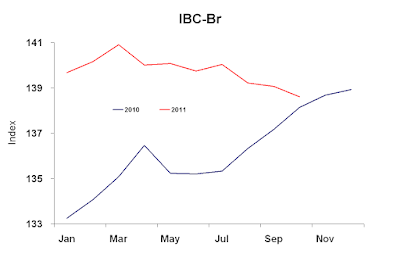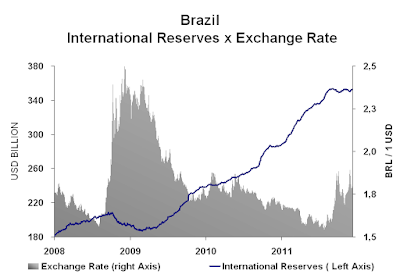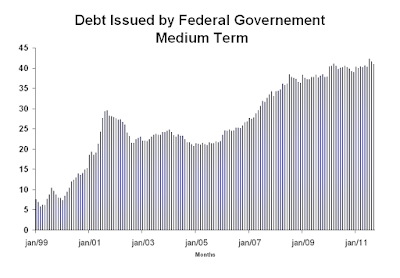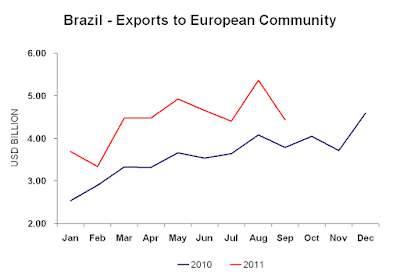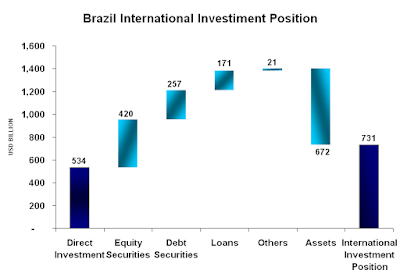The total of credit operations in the financial system to individuals reached USD 644 billion in November, up 0.9% on the month of October and an increase of 17.2% over the same month last year. In relation to GDP, the volume of loans to individuals was 15.2%, repeating the same index in October, as we can see in the chart below.
After the rapid growth of credit / GDP ratio between 2003 and 2010, the data shows a flat behaviour in the last 2 years. The fast growth was mainly due to a very small base of credit, and in recent years the government have adopted measures to curb the rapid growth in loan volume. However, the credit level is still very low compared with other countries, and the area still have good potential of growth.
 |
| Source: Central Bank of Brazil |







